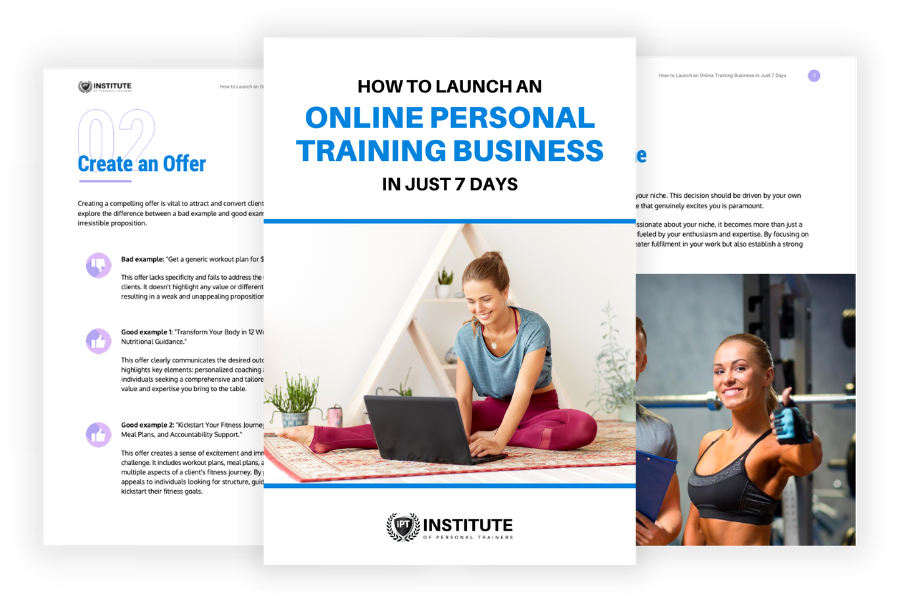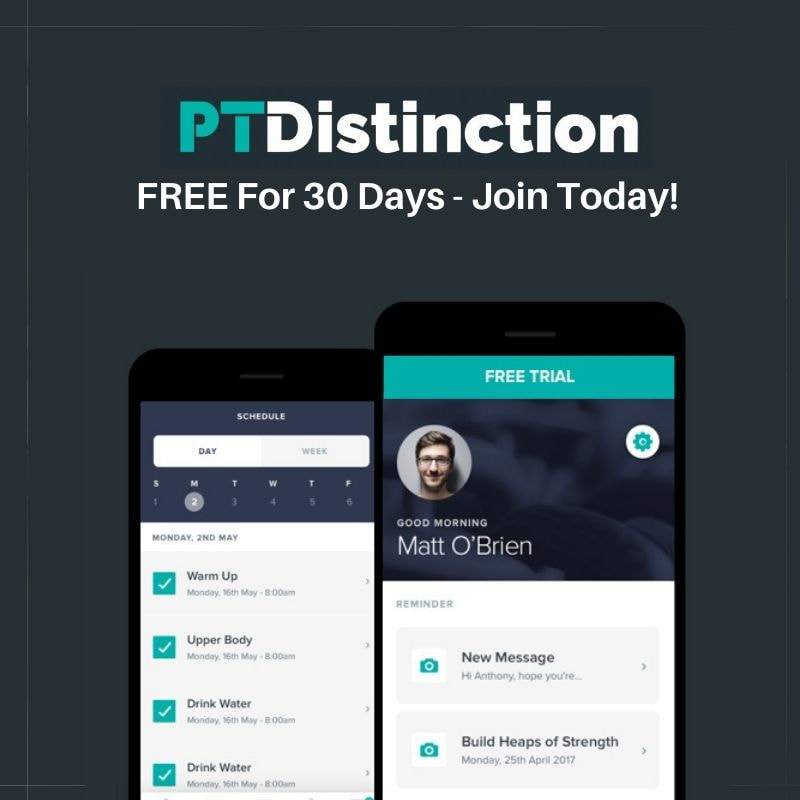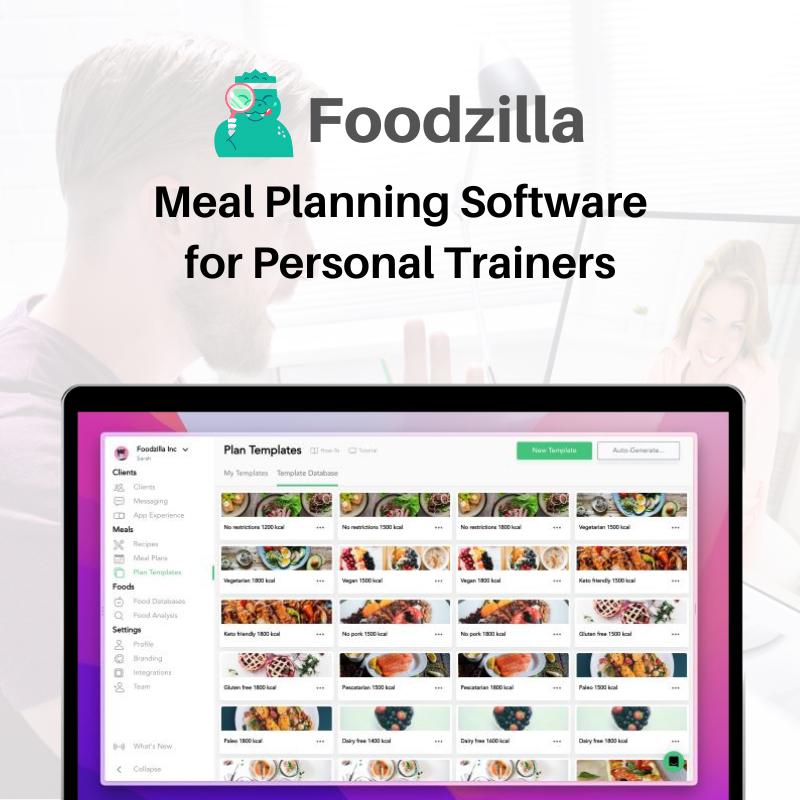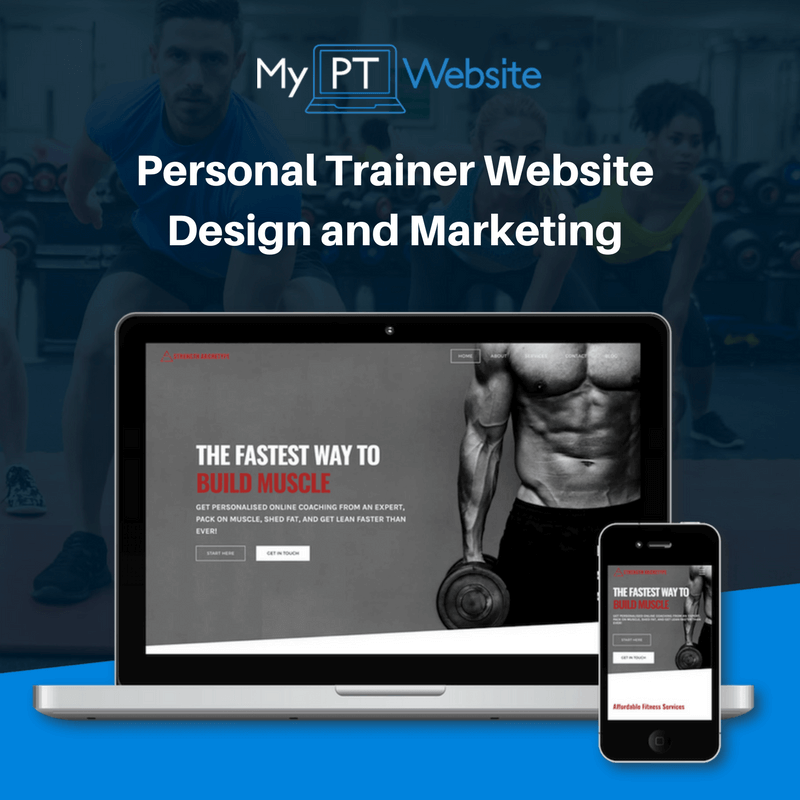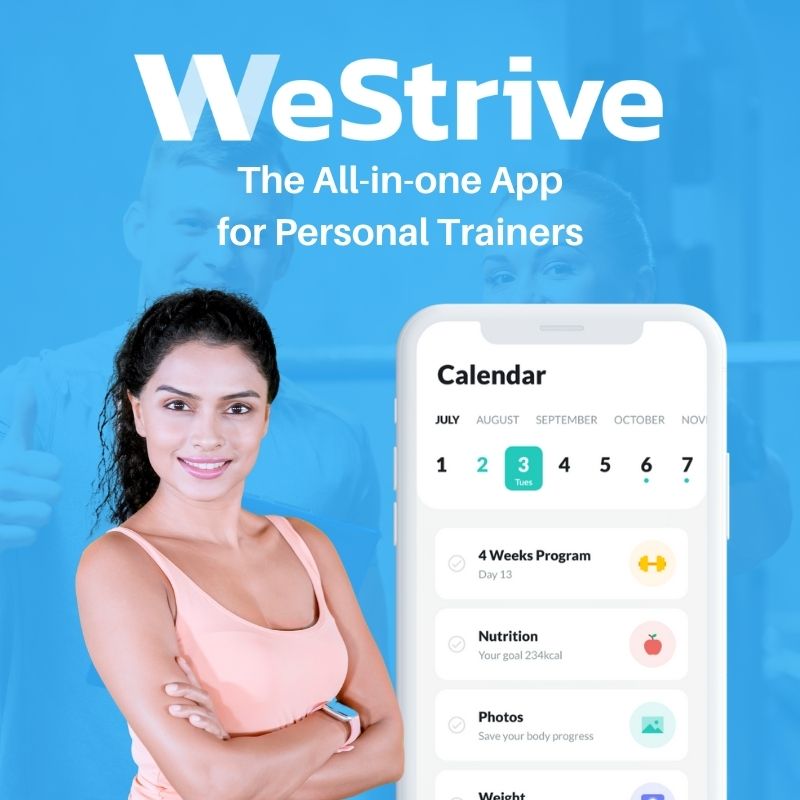|
FREE GUIDE: HOW TO LAUNCH AN ONLINE PERSONAL TRAINING BUSINESS
IN JUST 7 DAYS
✓ The new, better way of launching an online business
✓ The fastest way to create in irresistible offer ✓ A simple system to sell to clients who are interested |
|
Launching a career in personal training is a fantastic idea these days. More and more people are becoming concerned about their personal health and fitness levels, and they’re seeking out experts to help them reach their goals. However, you might find that it can be a little difficult to act as both a personal trainer and a salesperson. Even though you might have a lot of knowledge in fitness and health, you might find it difficult to get clients because you don’t have much sales or marketing experience. One of the biggest hurdles to overcome is sales objections. This essentially means objections that your potential clients might have about your services. It could be due to concerns they have with your service, or they might just have excuses for not wanting to sign up. Whatever the reasons are, here are 15 of the most common sales objections and how to overcome them. 1. “You’re charging too much” It’s common to hear people say that they can get a much better service for cheaper elsewhere. Price is often one of the biggest barriers to entry for personal training services, and if you’re not confident in your prices and value then it may convince you to lower the cost of your personal training. The first step to overcoming this objection is to let the potential client first tell you how they think your services can help them. You start the conversation by asking how you can help them and why they think you are the best fit. They'll list a bunch of reasons which you'll later use to reiterate your value. Nobody likes to go back on what they say, which is why this strategy works perfectly. What to Do:
2. “I can’t spend that much right now” As we’ve mentioned already, the cost of personal training can be a huge barrier to entry for most people. We’ve already discussed that you should be confident in your prices and what you’re offering, but that doesn’t mean you can’t offer lower-tier options for customers that want to try out your services. Plus, sometimes people really can't afford your pricing. But that doesn't mean you can't help them and both mutually benefit from one another. What to Do:
3. “I can get it cheaper somewhere else” If you’ve done your research then you’ll know if this objection is true or not. If it’s not true, then it’s safe to say that the customer is just trying to get some kind of discount. If you’ve designed your services to offer better value for money, then it’s a good idea to reassert your client about the value that you offer. Again, make sure to frame this conversation with why the client chose to come and work with you in the first place. They'll tell you about your reputation and how they heard you're the best. What to Do:
4. “Do you do discounts for students/military?” Offering discounts for students and military personnel is usually a good way to get more customers. As long as your services are designed in a way that you can still profit from discounted personal training, this could be an option that you offer. What to Do:
5. “Can you split the cost?” Splitting the cost usually means offering your clients more flexible payment options. Some clients prefer to pay per session instead of being forced to commit to several months worth of services from you. You could offer discounts for those that commit to a long period. What to Do:
6. “But [competitor] is cheaper” Again, if you’ve done competitor research already then you’ll know if this is true or not. Handling this objection is very similar to handling objection #3 in this list. What to Do:
7. “Can’t you do it for exposure?” A very common request in any freelancing career is being asked to do something for free in exchange for “exposure”. Unfortunately, exposure doesn’t pay the bills and no matter how enticing it might be to work with a well-known celebrity or reputable influencer, you should never feel pressured into working for free. What to Do:
8. “I got quotes from [competitor], can you match it?” There’s no telling if the quotes are real or not unless you have done your research with competitors. Regardless if they’re real quotes or not, you should be confident in your pricing. What to Do:
9. “I need to ask my partner” During a consultation with a new client, you may hear that they need to run the decision through with their significant other or partner. They may also mention that they’re going to ask a friend or family member before they decide to sign up. What to Do:
10. “Can I get a free trial first?” It’s a good idea to offer some kind of free trial or free tier of services to your customers. This helps them get a better understanding of how you can help them, but you shouldn’t invest too much of your time or reveal too many of your secrets. What to Do:
11. “Can’t I get a free program online?” Again, while offering a free program is perfectly fine, it shouldn’t be something that lasts forever and it shouldn’t take too much of your time and effort. It can be used as a stepping stone to a paid service, but you should make the distinction clear that your paid service can offer so much more. What to Do:
12. “I’m not sure I’m fit enough to join” Clients may lack confidence due to their current health situation. This is perfectly normal and is surprisingly common in people that are seeking personal training. It’s your responsibility as a personal trainer to try and convince your client that they are fit enough to join and that you can provide the training and results that they’re looking for. What to Do:
13. “I’ve got too much to pay for right now” It’s completely understandable that some of your potential clients may be overwhelmed with bills and other expenses right now. Timing is important when it comes to recruiting new clients, and you have to accept that there are times where your clients may be unable to pay for your services. What to Do:
14. “I don’t have my card with me” Paying by card often implies that you’re offering an in-person one-on-one consultation, meaning that your potential client has already gone through most of the sales funnel. Losing a sale here is tough because you were so close to having a client. What to Do:
15. “I’ll just go back to my previous trainer as they were cheaper”It’s common for people to go back to their previous personal trainer if they don’t think that you offer a compelling service. It can be difficult to convince a client like this to hire you unless they’ve been showing interest for a long time. You can try to pursue the sale by differentiating yourself and showing your potential client how you’re different and why you’re better. What to Do:
|
Our All In One Platform
Check out out all in one business & marketing platform for personal trainers!
WEBSITE BUILDER | FUNNELS |MEMBERSHIPS | SCHEDULING| EMAIL MARKETING| PAYMENTS| CRM | AI ASSISTANT | SURVEYS
Popular Articles
Trusted Partners
We work closely with some of the best service providers in the fitness industry.
Categories
All
|

